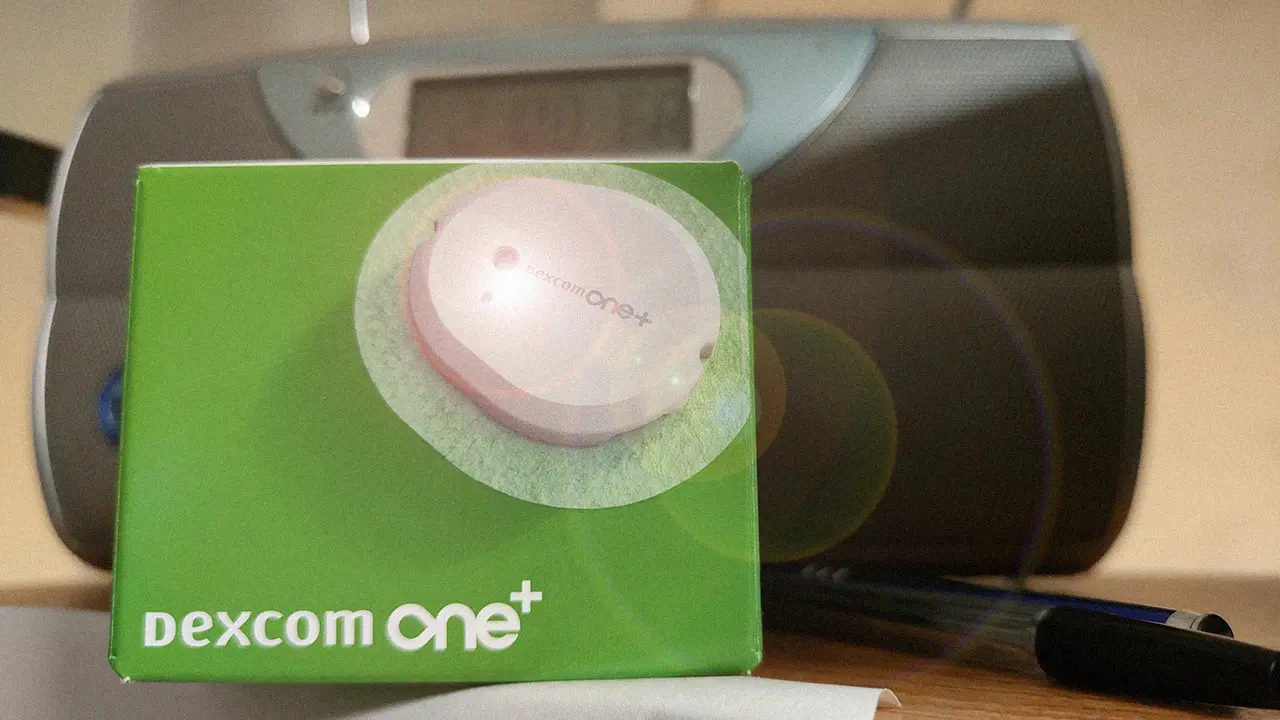Table of contents
- Diabetes or siphon disease
- First use of the word diabetes
- Two types of diabetes
- Where did the name insulin come from?
- The invention of insulin
- Division of insulin
- The future of insulin
Diabetes has been known to mankind since ancient times. The earliest description of a condition similar to the symptoms of diabetes was found on a papyrus dating from around 1550 BC. At the time, it was primarily observed as excessive urinary excretion, resulting in general cachexia and often death.
Diabetes or siphon disease
The first time the word diabetes (from the Greek word for siphon) was used to name the disease was by the Greek physician Aretaeus of Cappadocia (c. 150 BC) in his book Acute and Chronic Diseases. In it he wrote: “… The nature of the disease is chronic and it takes a long time to develop, but the patient lives a short life from the time the disease fully develops, as the melting of the body is rapid and death comes quickly. The very life of the patient is terrible and full of pain, thirst cannot be quenched, the patient drinks a great deal, although the amount of liquids drunk does not explain the huge amount of urination, and the patient cannot be stopped from either drinking or urinating (…). Therefore, it seems to me that the disease is called diabetes, from the Greek word meaning siphon, because the fluid drunk does not remain in the body, but uses it like a sieve or channel and immediately leaves the …”
First use of the word diabetes
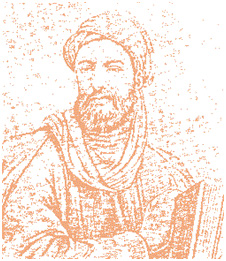 Avicenta
Avicenta
The sweet taste of urine in the course of diabetes was already noticed by the ancient Greeks and Egyptians. The Persian physician and philosopher Avicenna (980-1037), called the father of modern medicine, accurately described both types of diabetes, the symptoms and course, as well as a complication of diabetes, gangrene He developed a mixture of herbs that lowers the amount of sugar secreted, a mixture still used today. The mixture is lupine, fenugreek and turmeric. In the 17th century, British physician Thomas Willis diagnosed diabetes by tasting the urine taste of patients (this was the only way available at the time to test sugar levels). Willis described the taste as honey-like, which was later reflected in the name of the disease – mellitus (Latin for sweet like honey) was added to the word diabetes. Willis published a paper titled Diabetes or Satan’s Urine.
 Thomas Willis
Thomas Willis
Scientists were intrigued by the sweet taste of the urine of patients. It is worth expressing admiration for the dedication of ancient scientists in the organoleptic examination of the objects of their interest. A revolutionary discovery in the field of diabetology was made by the Scotsman John Rollo (a military surgeon – he lived at the turn of the eighth and ninth centuries). He noticed that the amount of sugar in the urine depends on the contents of the patient’s plate: plant foods increase blood sugar, and animal foods decrease it. There was a lot of truth in this, as the former consisted mainly of carbohydrates, and the latter of proteins and fats. Rollo was the first doctor to start treating diabetes with a low-carbohydrate diet. This became the primary form of therapy until the discovery of insulin.
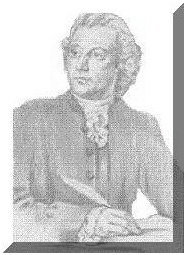 John Rollo
John Rollo
Two types of diabetes
Indian physicians Sushrut and Charak, who lived in the fifth century, attempted to distinguish between two types of diabetes, one associated with youth and the other with obesity, today referred to as type 1 and type 2.
Where did the name insulin come from?
In 1869, Paul Langerhans (born July 25, 1847 in Berlin, died July 20, 1888 in Funchal, Madeira) – a German pathologist and anatomist – first described the structure of the pancreas. He distinguished between islets of cells in it. They were completely differently innervated than the rest of the organ, but he could not specify their function.
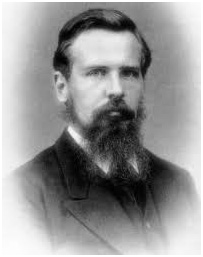 Paul Langerhans
Paul Langerhans
His research lay unnoticed for 20 years until Gustave-Édouard Laguesse (1861 -1927), a French pathologist and histologist, brought it to his attention. In 1893, he named the small cell clusters of the pancreas the Islets of Langerhans in honor of their discoverer. He discovered that they produce a substance involved in lowering blood glucose levels. He named this substance insulin from the Latin word insula, meaning island.
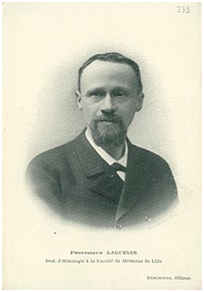 Gustave-Édouard Laguesse
Gustave-Édouard Laguesse
In the 19th century, it was also found that those who died of diabetes had a damaged pancreas. In 1889. Oskar Minkowski and German physician Joseph von Mering (born February 28, 1849 in Cologne, died January 5, 1908 in Halle) found after a series of experiments on dogs that excision of this organ causes diabetes in dogs. It was also discovered fairly quickly that insulin is produced by a special type of cell, located in the Islets of Langerhans, which make up just 2% of the pancreas’ mass. His attention was particularly drawn to polyuria (passing large amounts of urine), hence he decided to check the dog’s blood sugar level. Of course, the answer was yes – the test detected sugar. So the two researchers concluded that the pancreas produces a substance that regulates blood sugar levels. And although they could not isolate this substance, the discovery was a breakthrough in diabetes research. Oskar Minkowski (born January 13, 1858 in Lithuania, died July 18, 1931 in Germany) was a professor at the University of Breslau, while he conducted his work on the pancreas at the University of Strasbourg. Oskar Minkowski came from a Jewish merchant family with Polish-Lithuanian roots. His brother was a mathematician, and his son became an astrophysicist.
In recognition of Oskar Minkowski’s contributions, the European Association for the Study of Diabetes, annually awards a prize to the most talented young researchers conducting research on diabetes.
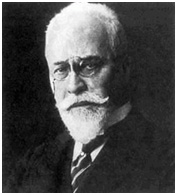 Oskar Minkowski
Oskar Minkowski
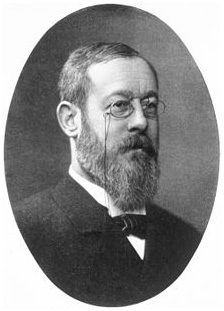 Joseph von Mering
Joseph von Mering
17 years later, German physicist Georg Ludwig Zulzer gave the first injection of calf pancreas extract to a human in history. For the next dozen years or so, research was conducted on the use and methods of producing insulin.
The invention of insulin
In 1921. Frederick Banting and Charles Best and John Macleod and James Collip, scientists from Toronto, Canada, successfully extracted insulin from animal pancreases and injected it into humans for the first time. They published their breakthrough discovery in January 1922.
The team’s scientific work was crowned with success – they obtained insulin that was suitable for use in the treatment of diabetics. Banting, Best and Collip obtained a patent for the manufacture of insulin, which they immediately sold for $1 to the University of Toronto.
As a result of conflicts within the team, the 1923 Nobel Prize in Medicine was awarded only to Banting and Macleod. Since Banting felt that Best was unfairly left out, he shared the money from his share of the prize, and Macleod did the same for Collip. But despite this, Best and Collip are widely forgotten as co-authors of this scientific achievement.
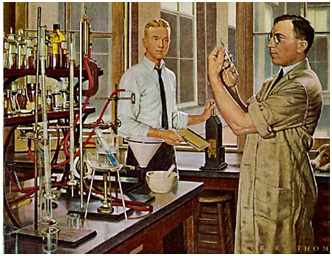 Charles Best and Frederick Banting (interesting biographies of the explorers in the next article)
Charles Best and Frederick Banting (interesting biographies of the explorers in the next article)
After further work by James Bertram Collip (1892 – 1965) on obtaining a purified animal pancreatic extract that could be used in clinical trials, it was first used on a diabetic 14-year-old from Toronto – Leonard Thompson (1922). Leonard was hospitalized in a coma due to ketoacidosis (ketoacidosis-diabetic ketoacidosis is an acute complication of diabetes, due to insulin deficiency or lack of insulin, which poses an immediate threat to the life of a diabetic). Leonard’s father agreed to administer the drug, which had never been tested on humans before. The patient received his first insulin injection on exactly January 11, 1922, and was able to live with diabetes for the next 13 years thanks to it. He died at the age of 27 from pneumonia.
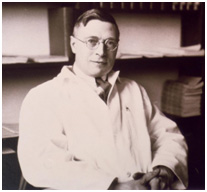 James Bertram Collip
James Bertram Collip
In Sweden, in December 1922, insulin was administered to a 5-year-old boy who lived to be 70 years old. Before insulin treatment, the boy’s weight was 8 kilograms. After two months of treatment, the weight increased to 16 kilograms. In 1955, English biochemist Friderick Sanger developed techniques for determining the structure of proteins. His pioneering work was used to determine the structure of insulin (determining the amino acid composition of insulin). Sanger is considered the father of genomics. In the 1970s, he developed an enzymatic method for DNA sequencing called the Sanger method or the dideoxy method. He was awarded the Nobel Prize for both discoveries, The biochemist was the only person to win the Nobel Prize in Chemistry twice ( in 1958 and in 1980).
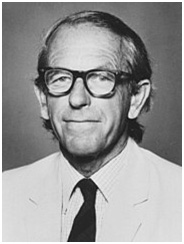 Friderick Sanger (1918 – 2013).
Friderick Sanger (1918 – 2013).
In 1963, insulin was chemically synthesized – it was the first protein for which this was accomplished. In 1969 Dorothy Crowfoot Hodgkin determined the spatial structure of insulin using X-ray crystallography. In 1982, insulin produced by genetic engineering began to be used. Since 1985, human insulin began to be produced.
Division of insulin
By origin, insulins are divided into:
- Animal – produced from the pancreases of cattle or pigs. After the extraction process, bovine or porcine insulin is obtained. Pork insulin differs from human insulin by one amino acid, while bovine insulin differs by three. This affects the speed of its absorption and the onset of action time. In addition, bovine insulin can cause allergic reactions and increase the synthesis of anti-insulin antibodies. It takes as much as 7 kilograms of animal pancreas to meet the insulin needs of one patient in a year. Production of this type of insulin is therefore very expensive.
- human – produced through the achievements of genetic engineering methods, using E. coli bacteria and baker’s yeast. Under laboratory conditions, a previously isolated human gene responsible for producing insulin is introduced into the cells of bacteria or yeast. The microorganisms begin to create human insulin in addition to their own proteins, which is used successfully to treat diabetes.
The future of insulin
The number of people using insulin therapy is increasing. New forms of the drug are being researched around the world that could be more effective, simpler and tailored to individual patients’ needs, with reduced side effects and increased tolerability. Attempts are being made to introduce insulins with new routes of administration, such as intralesional insulin (Oralin), and oral and patch insulins are also being tested. In the spring of 2006, Exubery, the first inhaler that allows inhaled insulin administration, was registered. The degree of satisfaction with the use of this type of insulin is high, but years of clinical studies are needed to assess whether it is adequate, as well as studies evaluating potential adverse effects associated with its long-term use.
How useful was this post?
Click on a star to rate it!
Average rating / 5. Vote count:
No votes so far! Be the first to rate this post.








